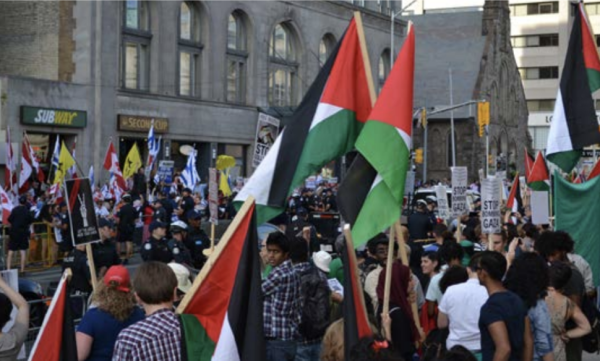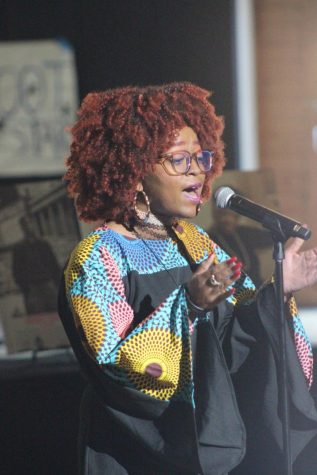Women, Life, Freedom
December 9, 2022
The death of the 22-year-old Mahsa Amini was the spark that set fire to over 40 years of suppressed frustration experienced by the people of Iran. Following her death on September 16, after she was detained by Iran’s morality police for inadequately veiling her hair as required by law, Iranian citizens have taken to the streets and risked their lives protesting against the oppression of women. The street protests with the battle cry, “Zan, Zendegi, Azadi” (Women, Life, Freedom), have become an arena to reject mandatory dress codes, restriction of free speech, limited educational opportunities and governmental corruption. Adding to this outrage is widespread unemployment, stifling inflation (which is nearly 40%), and economic stagnation resulting from international sanctions. Even with limited internet access, the protestors have deftly used social media to broadcast their plight, even at great personal risk and the international community has taken notice. Iranian expatriates and advocates for women’s rights in the United States, Canada, and Europe have joined in a collective protest, amplifying the call for women’s rights and re-invigorated the cry to end the Iranian regime.
This specific tragedy has united citizens of all classes to rally against the oppression of women in Iran. More broadly, these protests are a repudiation of the Islamic Republic of Iran by a generation of young citizens (60% of whom are under thirty) that were born into this system and long for a free Iran known to their parents and grandparents prior to the Revolution of 1979. The viral song “Barye Azadi” (“For Freedom”), written and performed by 25-year-old Shervin Hajiaghapour, encapsulates the movement’s fervor. It voices their grievances for taking to the streets: for their sisters, for the shame of poverty, for the imprisoned brilliant minds, for the young children rummaging through trash and for peace of mind. Another defiant citizen and athlete, Elnaz Rekabi, competed without her headscarf at a recent international wall climbing competition inspiring revolutionary activists. Like others who have publicly dissented, both Hajiaghpour and Rebaki temporarily disappeared without explanation. Despite the danger, more public figures have joined the movement and have magnified the cause on an international scale.
Although Iranians have mounted protests against their repressive government several times since 1979, this movement is different. Thus far, the unrelenting opposition is the strongest uprising in the regime’s history, which the Islamic Republic of Iran unwittingly acknowledges. They have blamed foreign countries for allegedly sponsoring coup d’etat efforts, imprisoned student leaders, threatened the lives of their family members and fired live ammunition into crowds of protestors. With each passing week, the Revolutionary Guard (Iran’s paramilitary force) has staged increasingly ruthless crackdowns and has so far killed over 300 people. Despite the regime’s brutality, young Iranians, particularly young women, have continued to lead the civil unrest. They have walked out of classrooms in unison, publicly cut their hair and burned their headscarves. While the stance against the mandatory dress code is a blatant rebuff of the government’s authority over women, their actions have become symbolic of the broader rejection of the current regime by Iranians from diverse socioeconomic backgrounds. The bravery of the Iranian women is the underpinning of this movement and their historic leadership has awakened the broader call for freedom in Iran.




